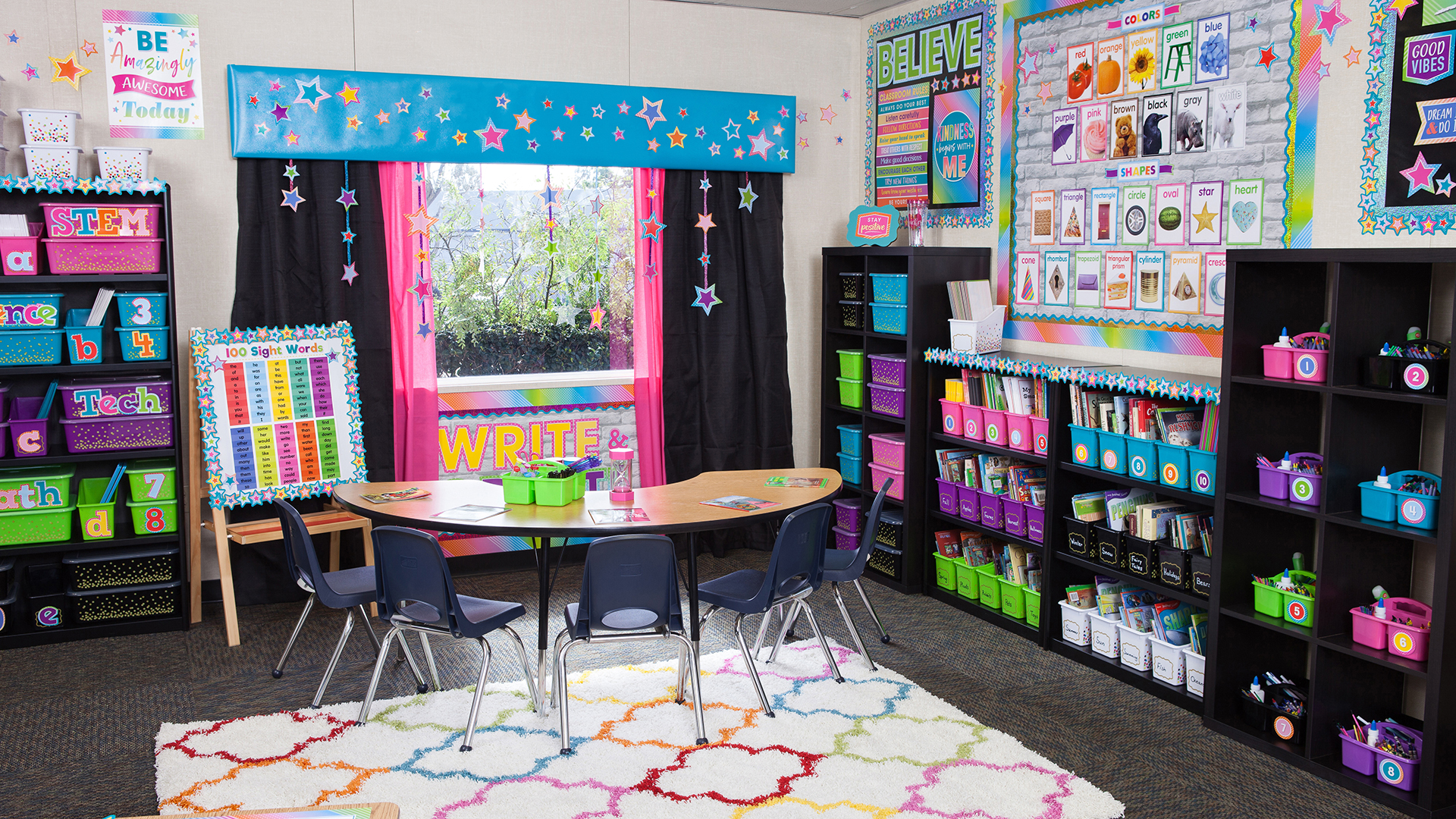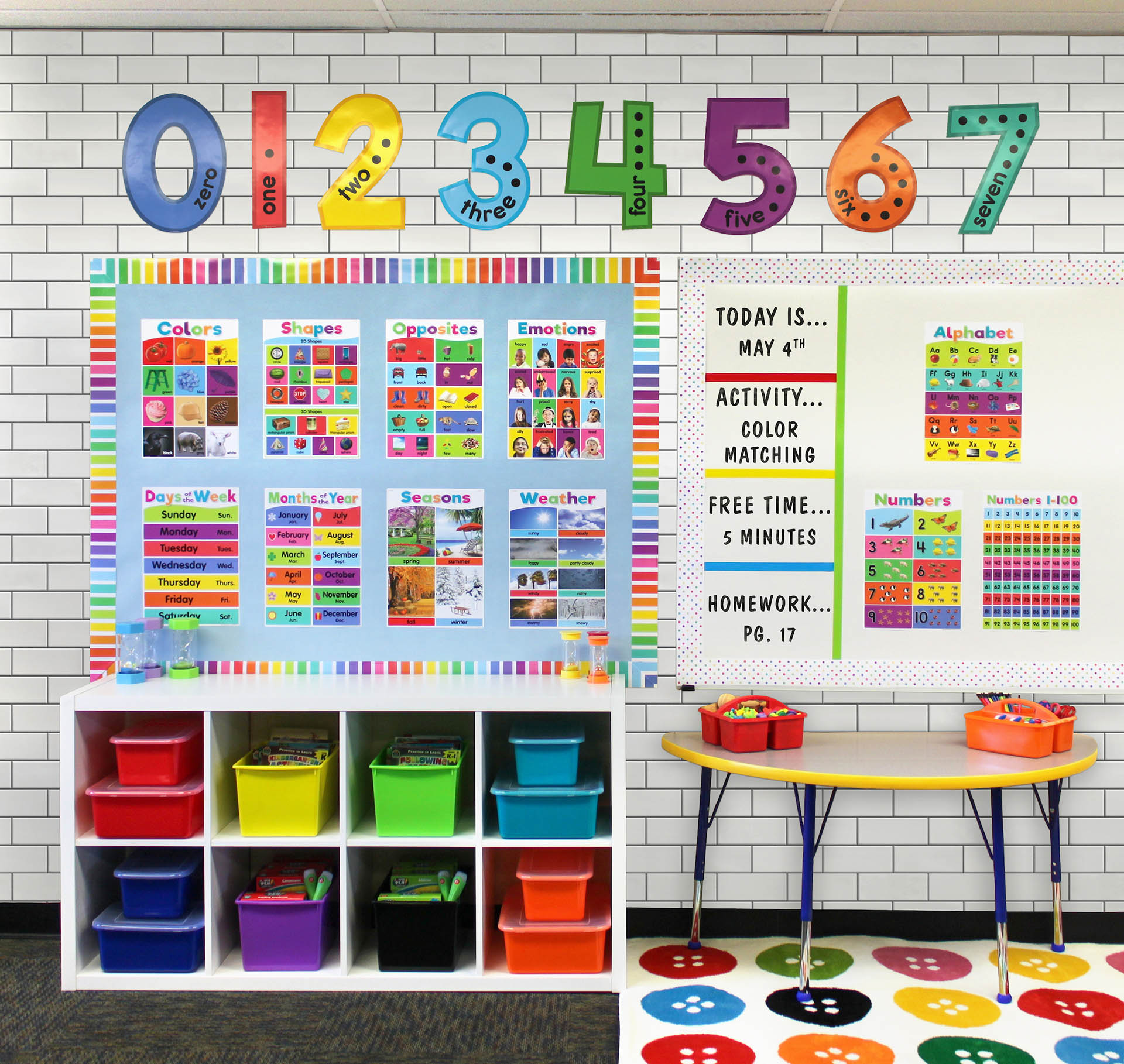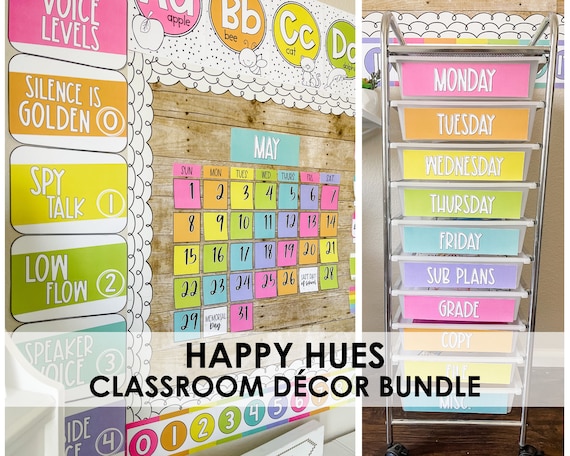As a dedicated educator, I know firsthand the power of a vibrant, well-decorated classroom. A colorful environment doesn’t just look appealing; it can significantly enhance student engagement and learning. In this comprehensive guide, we’ll explore various aspects of colorful classroom decor, including practical ideas, benefits, and potential downsides.
Why Colorful Classroom Decor Matters
Color is more than just a visual element; it plays a vital role in creating a conducive learning environment. Research shows that colors can influence mood and behavior, making colorful classroom decor essential. Here are some key reasons to embrace a colorful classroom:
- Enhances Mood: Bright colors can uplift spirits and foster a positive atmosphere.
- Increases Engagement: Colorful displays capture students’ attention, making lessons more memorable.
- Stimulates Creativity: A vibrant environment encourages creative thinking and expression.
- Promotes Learning: Specific colors can stimulate cognitive processes and improve focus.
Choosing the Right Colors for Your Classroom
When it comes to selecting colors for your classroom, it’s essential to consider the psychological effects of different hues. Here’s a breakdown of common colors and their implications:
| Color | Psychological Effect | Best Used In |
|---|---|---|
| Blue | Calming and promotes concentration | Reading corners, study areas |
| Yellow | Stimulates creativity and optimism | Art zones, collaborative spaces |
| Green | Soothing and encourages balance | Rest areas, group work spaces |
| Red | High energy and stimulates excitement | Activity areas, dynamic lessons |
| Orange | Encourages social interaction | Group work and discussion spaces |
Creative Ideas for Colorful Classroom Decor
Now that we understand the importance of color, let’s delve into some creative ideas for your classroom decor:
1. Wall Murals and Decals
Wall murals and decals can transform a plain wall into a vibrant, inspiring backdrop. Consider themes relevant to your curriculum or local culture.
2. Colorful Bulletin Boards
Bulletin boards are ideal for showcasing student work and important announcements. Use bright borders, backgrounds, and eye-catching titles to make them stand out.
3. Flexible Seating Arrangements
Incorporating colorful seating options can create a more inviting space. Consider bean bags, floor cushions, or brightly colored chairs to set a fun tone.
4. Themed Learning Areas
Designate different areas of your classroom for specific subjects or activities, each with its color scheme. For example, a reading nook could be decorated with calming blues and greens, while an art station could feature lively reds and yellows.

Pros and Cons of Colorful Classroom Decor
Pros
- Boosts student motivation and engagement.
- Fosters a positive learning environment.
- Encourages creativity and expression.
- Can be tailored to specific learning themes or subjects.
Cons
- Too much color can be overwhelming for some students.
- Requires regular maintenance to keep displays fresh and engaging.
- Initial setup costs can be high depending on design choices.

Budget-Friendly Tips for Colorful Decor
Creating a colorful classroom doesn’t have to break the bank. Here are some budget-friendly tips:
- DIY Projects: Involve students in creating classroom decorations, such as painting murals or crafting art pieces.
- Repurpose Old Materials: Bring life to old furniture with a fresh coat of paint or colorful fabric covers.
- Seasonal Decor: Change decorations with the seasons or holidays to keep the classroom feeling fresh and exciting.
Maintaining Your Colorful Classroom
To keep your classroom decor vibrant, regular maintenance is necessary. Here are some tips for upkeep:
- Regularly rotate student work displayed on bulletin boards to highlight new projects.
- Schedule clean-up days to refresh murals and remove worn-out items.
- Encourage students to take ownership of the space by assigning decor-related responsibilities.

FAQs About Colorful Classroom Decor
1. What colors are best for a classroom?
The best colors are usually blue, green, and yellow, as they promote a calm, focused, and creative environment. However, it also depends on the subject matter and the specific atmosphere you wish to create.

2. How can I create a colorful classroom on a budget?
Utilize DIY decorations, repurpose old items, and incorporate seasonal decor to enhance your classroom without overspending.
3. Are there any colors to avoid in the classroom?
While it’s essential to choose colors that promote engagement and learning, be cautious with overly bright or harsh colors like neon shades, which can be distracting.

4. How often should I change my classroom decor?
It’s a good idea to refresh your decor at least once a semester or to align with seasonal themes. Regularly updating keeps the environment stimulating and encourages student participation.